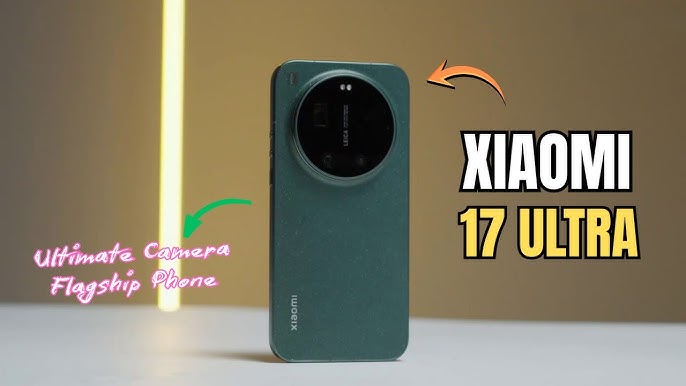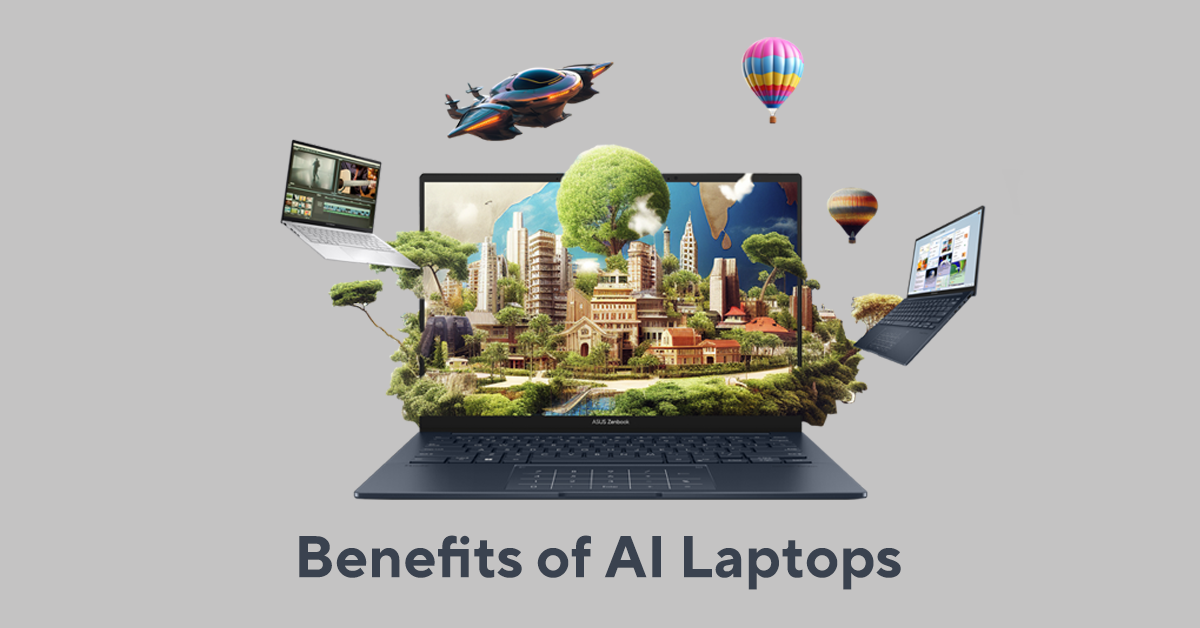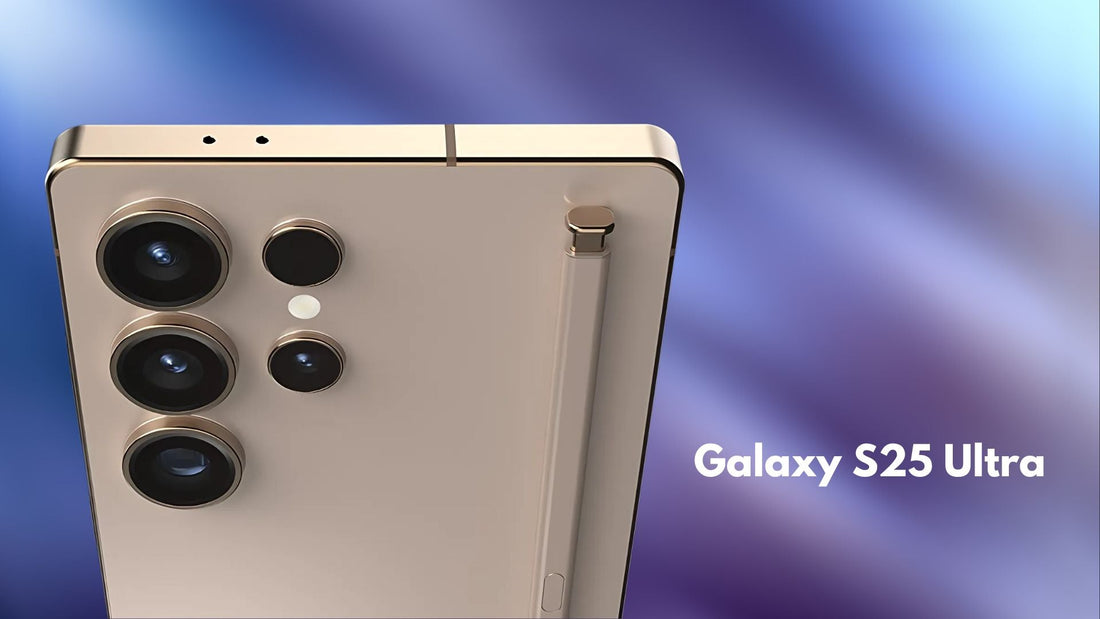Introduction: A Rumored Game-Changer for the Mac
For years, Apple has pushed back against the idea of a touchscreen Mac. Executives often argued that macOS was designed for precision input — trackpads and keyboards — while iPads were built for touch. But a new set of rumors suggests Apple may be rethinking that stance.
According to reports from reliable Apple analysts, the company is developing its first-ever touchscreen MacBook Pro, targeting a potential release around 2026. If true, this would mark one of the boldest changes in the Mac lineup since the move to Apple Silicon in 2020.
While nothing is official yet, the rumors point to a shift in Apple’s long-term roadmap for the Mac. That alone makes this story worth watching closely.
Key Highlights: Rumor Roundup
Here’s what’s surfaced so far:
- Apple could launch a touchscreen MacBook Pro in 2026.
- The laptop may feature OLED panels — a first for the Mac.
- Touch functionality would enable multi-touch gestures in macOS.
- Apple might be exploring iPad-like interaction layers within macOS.
- This update could coincide with a major MacBook redesign cycle.
For a company that famously said “touch surfaces don’t want to be vertical,” this shift would be more than just hardware — it would signal a fundamental change in Apple’s product philosophy.
Why the Change of Heart?
Apple has been historically cautious about adding touchscreens to laptops. Steve Jobs once compared vertical touch to ergonomics fatigue, while more recent Apple leaders pointed to the iPad Pro as the company’s “touch computer.”
So why might Apple be changing its roadmap now?
- Market demand: Touchscreen laptops are no longer niche — they’re mainstream. Dell, HP, Samsung, and Microsoft all push touch-enabled models at various price points.
- Creative workflows: Designers, video editors, and musicians often prefer direct input for sketching, scrubbing, or manipulating objects.
- Hybrid devices are winning: Microsoft’s Surface Laptop Studio and Samsung’s Galaxy Book line prove there’s an appetite for devices that merge tablet-style touch with desktop power.
- Technology maturity: OLED displays, haptics, and thinner form factors now make touch integration more seamless without compromising durability.
Apple might simply be responding to a world where Mac users want more flexibility without being forced to buy an iPad Pro.
Specs & Features: What the Roadmap Suggests
While exact specifications aren’t confirmed, industry insiders have outlined what Apple is likely experimenting with.
| Feature | Expected Details (Rumor) |
|---|---|
| Display | OLED panels in 14-inch and 16-inch MacBook Pros |
| Touchscreen Support | Multi-touch gestures, optimized for macOS |
| Processor | Likely M5 or M6 Apple Silicon chip (depending on 2026 timing) |
| Operating System | macOS with enhanced touch features; possible iPadOS-style elements |
| Design | Slimmer bezels, hinge durability tweaks, reinforced glass for touch input |
| Other Features | Face ID rumors, faster charging, enhanced speakers |
One big wildcard: Apple Pencil support. While unconfirmed, the idea of using a Pencil on a MacBook Pro would directly challenge devices like the Surface Pro — and could attract creative professionals in droves.
Availability & Pricing: The 2026 Roadmap
If the rumors hold, Apple’s roadmap places the touchscreen MacBook Pro around late 2026. Here’s what to expect:
- Launch Window: Likely October, in line with Apple’s usual Mac refresh events.
- Models: 14-inch and 16-inch touchscreen MacBook Pros.
- Price Range: Starting around $2,099 and scaling up beyond $3,000 for higher configurations.
It’s also possible Apple could position this as a premium tier within the MacBook Pro lineup rather than replacing current models. That way, users can choose between traditional non-touch models and higher-priced touchscreen versions.
Market Context: Apple vs. the Competition
If Apple enters the touchscreen laptop arena in 2026, it will be years behind competitors — but Apple often thrives as a “late mover.”
- Microsoft Surface Laptop Studio: Already a benchmark for touchscreen laptops, offering stylus support, hinge flexibility, and a focus on creatives.
- Dell XPS 13 Plus: Combines edge-to-edge OLED touchscreens with powerful Intel CPUs.
- Samsung Galaxy Book4 Ultra: Features AMOLED touchscreen panels with discrete NVIDIA graphics, appealing to both creators and gamers.
Where Apple could stand out is ecosystem integration. Imagine using macOS apps with touch gestures, instantly switching to iPad-style controls, or dragging projects seamlessly across Mac, iPad, and iPhone.
This synergy might give Apple an edge even if rivals have been offering touchscreens for years.
What Developers Need to Consider
Another part of the rumor roadmap is software. A touchscreen MacBook Pro would require Apple to rethink macOS design guidelines. Developers might need to:
- Add larger hit zones for buttons and menus.
- Support gesture-based navigation alongside keyboard shortcuts.
- Adapt creative apps (like Final Cut Pro, Logic Pro, or Photoshop) to handle multi-touch workflows.
This could lead to a new era of touch-optimized Mac apps, blending the power of desktop software with the fluidity of mobile gestures.
FAQs
Rumors suggest Apple won’t overhaul macOS completely but will add touch-friendly layers — such as gesture support and redesigned control panels — without losing the desktop-first experience.
Not fully. Apple has resisted merging the two platforms, preferring to keep them distinct. However, we may see more crossover features, making the Mac feel more iPad-like in certain contexts.
Highly unlikely. Touch requires dedicated hardware changes, so support will probably remain exclusive to the new models launching from 2026 onward.
Conclusion: A Rumor Worth Watching
Apple has long avoided touchscreen laptops, but the rumor mill suggests that’s about to change. If a touchscreen MacBook Pro really arrives in 2026, it will represent more than just a new feature — it could reshape how we think about Macs altogether.
- For professionals, it could mean new creative workflows.
- For Apple fans, it could mark the long-awaited blending of Mac and iPad worlds.
- For the industry, it might push touchscreen laptops into the spotlight once again.
Until Apple confirms its roadmap, we’re in speculation territory. But given the growing buzz around OLED MacBooks and hybrid devices, it feels less like an “if” and more like a “when.”
And when it does arrive, the touchscreen MacBook Pro could be Apple’s biggest laptop shake-up in decades.
I'm Salim, the creator and tech enthusiast behind this website. My passion for technology has been a lifelong journey, fueled by a deep curiosity about how things work and a desire to explore the latest gadgets and innovations that shape our world.




